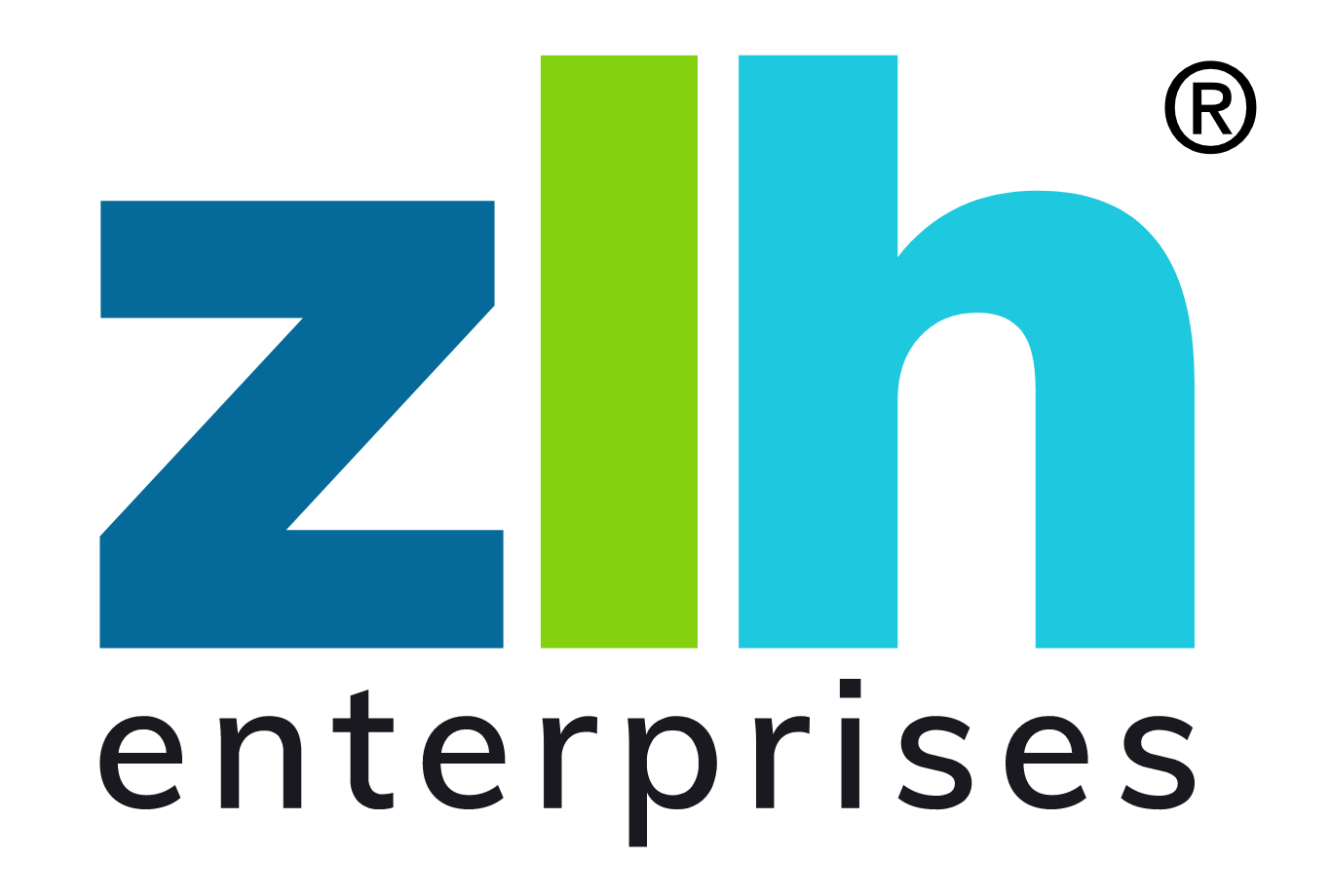POTS?! VOIP?! With so many different acronyms in the telecom industry it’s sometimes hard to keep track. Let us break down the two most popular telecommunication services; Voice over Internet Protocol (VoIP) and Plain Old Telephone Service (POTS); their respective histories, and use cases.
POTS was first introduced over a century ago and uses copper wires to transmit analog voice signals over the public switched telephone network (PSTN). For many decades it has been a reliable and well-established technology that is often used in situations where voice communication is the only requirement, such as emergency calls or critical infrastructure communications (elevator/alarm).
VoIP, however, is a relatively newer technology developed in the 1990s to transmit digital signals over the internet or other IP networks. The primary goal was to use existing IP networks to provide voice communication services, as well as to offer a range of additional features (in unified communications) such as video conferencing, instant messaging, and file sharing. VoIP is often used in situations where additional features and flexibility are required, such as remote working, virtual meetings, and international calls.
VoIP can be much less expensive to operate than POTS, as it uses existing IP networks and can transmit multiple calls over a single circuit connection. VoIP is often used in situations where cost-effectiveness and flexibility are the top priority, such as small businesses or remote teams. VOIP requires the internet availability; POTS requires the individual circuit to the premise.
POTS lines on a well-maintained network provides high-quality, reliable voice calls with minimal lag or distortion. VoIP, on the other hand, can be affected by network congestion, bandwidth limitations, and other factors that can degrade call quality. However, advances in VoIP technology have significantly improved call quality, and many VoIP systems now provide high-quality, reliable voice calls.
VoIP and POTS were developed for different use cases and have different advantages and disadvantages. Ultimately, the choice between the two modes of delivery depends on your business’ needs and budget!
Still curious which one is right for your business?
Give us a call: (732) 845-5288
Learn more about ZLH Enterprises: https://zlhent.com
Subscribe to our Newsletter: https://lnkd.in/eiwT7QRM






